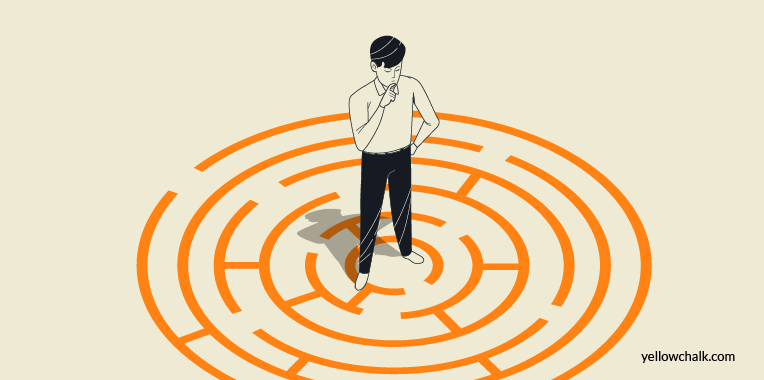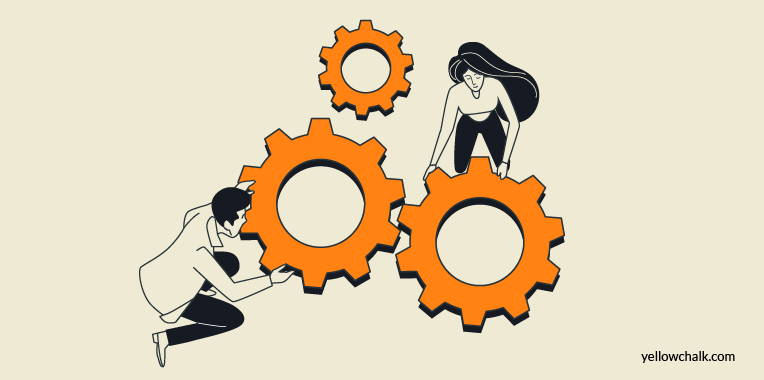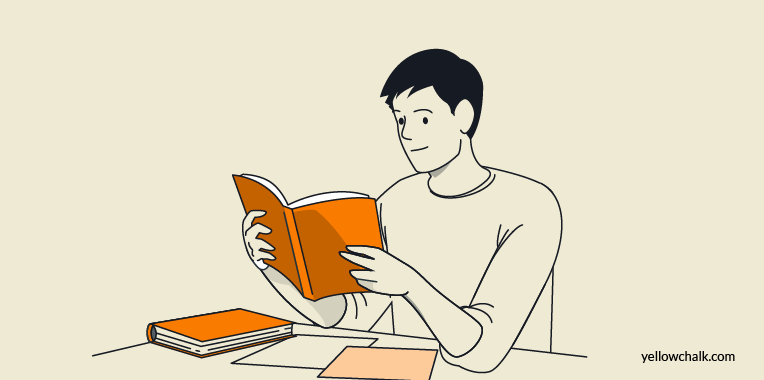GOT A UI/UX
DESIGN PROJECT?
5 Soft Skills you Need to be a Good Designer

One of the main things you need to be a designer of any kind is to be creative. You need to think outside the box, always find fresh perspectives and stay up-to-date with the happening in your industry. These factors, coupled with the knowledge of hard, technical skills like the use of certain software, proficient theoretical knowledge of your industry, and sometimes, qualifications in the same background can certainly make you a great designer. Right? I mean all the factors above should be enough right?
They aren’t. And that’s what you’re lacking.
Do you want to know what’s missing above for you to be a great designer? Soft skills!
Let’s start with the textbook definition of soft skills before we move over to why they’re required.
What are Soft Skills?

“Soft skills are a combination of people skills, social skills, communication skills, character or personality traits, attitudes, mindsets, career attributes, social intelligence, and emotional intelligence quotients, among others, that enable people to navigate their environment, work well with others, perform well, and achieve their goals with complementing hard skills.”
The Collins English Dictionary defines the term “soft skills” as “desirable qualities for certain forms of employment that do not depend on acquired knowledge: they include common sense, the ability to deal with people, and a positive flexible attitude.” –Wikipedia
Why are they important?
Don’t be fooled by the term ‘soft’ in soft skills. Let’s focus on the word ‘skill’ first. Any skill is defined by a certain amount of dedicated time and effort that it takes to attain proficiency. As opposed to ‘hard’ skills like technical knowledge, proficiency with software, some people may consider soft skills unimportant and often leave them unassessed during the recruitment and interview stages. Recently, many people in the business consulting field argue that soft skills lie at the foundation of what makes a leader and also determines if an employee will rise to a leadership position. Soft skills showcase an employee’s personal skills like the ability to work with a team and motivate others, both of which play a crucial role in a team’s productivity.
What are the Soft Skills you need as a Designer?
- Communication, communication, communication

Yes, it’s so important that we said it thrice. The famous graphic designer Saul Bass said that “Design is thinking made visual.” Design is nothing but a form of communication, albeit visually. What you, as a designer, are doing through design is telling people a story about something, and doing it through shapes and colors instead of verbally. How does that factor into good communication?
The communication process starts even before we realize it has. For any designer, the most grueling part of the job is to deal with opinionated stakeholders. The ability to convey your creative vision to the stakeholders with conviction is a necessity in the design industry because otherwise, both parties are going to be dissatisfied with the end result. Communicating effectively and honestly about any setbacks or hiccups during the process also helps in making a project run much more smoothly. Not to mention that speaking to colleagues and peers during the entire process is also a necessity. This brings us to our next point: Collaboration.
- Collaboration

Design is never a one-person job end-to-end. You may only be responsible for a part of the design. There may be times when you’re running late because you have to wait for a team member to finish up and pass on the work to you, or to accommodate a last-minute request from a client. These things are bound to make you a little agitated if not more.
The solution is simple. Accommodate. With the era of digital working being ushered in with the pandemic, collaboration has become difficult. Patience and the right attitude go a long way. Maybe the team member you think is slacking might be having a hard time working remotely. Or the client who is asking for a last-minute change is only coming back because he/she knows you can do a good job at it. There is never a cause to be unprofessional or rude to anyone in the remote work setting, where people are still getting acquainted with it.
Being patient and accommodative will give you a reputation of being easy to work with but it goes without saying that it should never be at the cost of anyone taking advantage of it.
- Feedback

Giving and receiving feedback is the most common practice in any design process. It can feel very disheartening if something you’ve spent hours creating is dismissed as not good enough by the client. or a senior It can often also lead to anxiousness regarding getting feedback and a loss of creative drive due to feelings of inadequacy and criticism.
In moments like those, always remember that there is always room for growth in the design industry. Cut through the noise and realize that feedback is a great way to learn more. Feeling embarrassed or disheartened is normal, but ask the client or senior designers pointed questions about where they would like to see a change. Take help from your colleagues or someone in the office with more experience than you.
As a designer, embrace the fact that at any moment you might learn something that requires you to completely rethink your approach. That will make getting feedback a much easier process because you will always have something new to upgrade yourself with.
- Active Listening

Surprisingly, this soft skill is often ignored in the required lists of the same. To us, this is probably one of the most important soft skills a designer needs to have. You might be wondering how active listening is different from just listening. I mean, you have to listen to people and that’s it right? No.
Active listening involves making eye contact with the person speaking to you and not focusing on the thoughts, ideas, or opinions that pop into your head in response to what they are saying. It involves being completely open and focused on what is being said to you without bias or the need to interrupt the person because you’re either invested and excited in what they’re saying or you have follow-up questions.
Active listening is a great soft skill to hone as it helps you during interviews, while gathering insights from clients, or while ideating with your colleagues. It helps you understand someone else’s thought process from start to finish, and also helps you formulate more thoughtful and detailed follow-up questions which again, help you understand what is being spoken about in-depth. An added advantage is that it also helps in forging solid bonds with clients and colleagues alike, as they feel understood.
- Adaptation

Design and tech are closely interlinked industries that are at the helm of the fastest innovation and evolvement. Gone are the days where you simply feign ignorance of a new design practice or trend because it’s something new and unfamiliar. There are a ton of amazing resources that are available to all of us at the click of a button. It’s vital that all designers familiarize themselves with emerging technologies, products, trends, and so on. It doesn’t serve to harm anyone but us if we’re not being adaptable and miss out on an opportunity to teach ourselves but for us. With the design industry becoming increasingly agile, the only thing you can do to gain as many opportunities as possible is by being adaptable and having the initiative to educate yourself about disruptive technologies. This will not only put us ahead of the curve but also ensure that we still have a job through the inevitable changes our industry will encounter.
Designers often only focus on upskilling themselves to get ahead professionally, thinking that it will suffice. This does not hold true anymore.
Design jobs are highly collaborative, and soft skills are essential to get the work done in a timely, efficient, and conflict-free manner. Learn more about the state of design jobs in 2021.
In order to become a good designer, you need to have a good hold of both soft and hard skills as it would differentiate you from the competition and give you the edge you need in the industry today.
